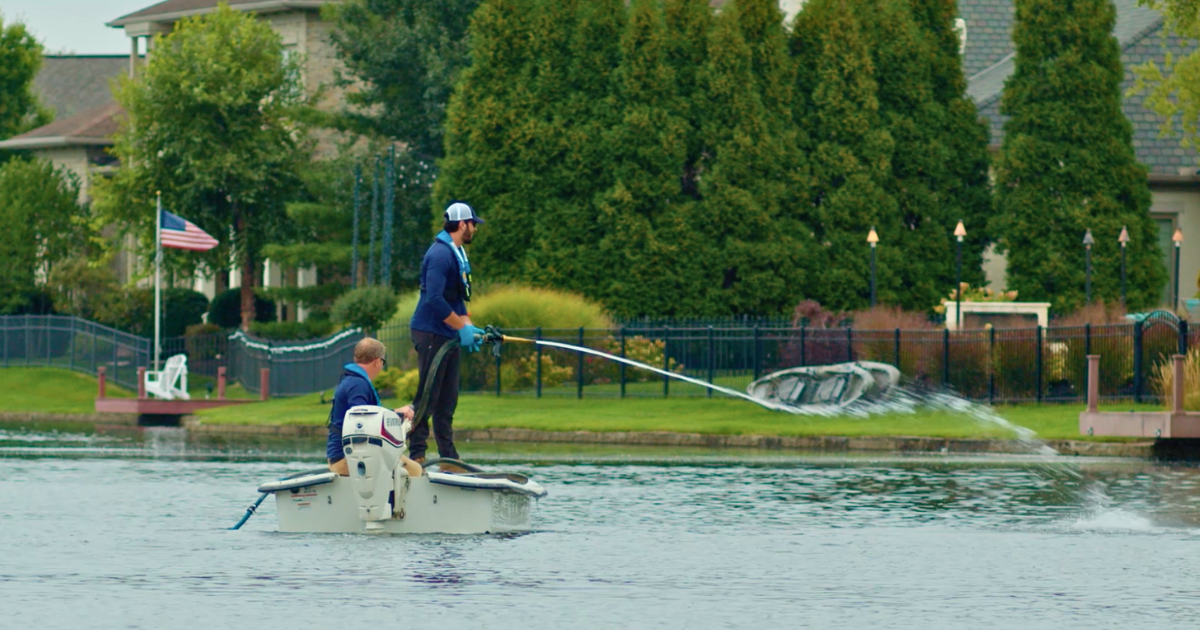
The Vital Role of Liming and Fertilizing in Lake and Pond Management
Like a row-crop field needs fertilizing and liming to increase production, so does a fish pond. Fertilizing a pond provides nutrients to the base of the food chain and then has a positive effect all the way up to the bass.
Fertilization can also provide weed control by supporting a large phytoplankton population that blocks out the sunlight from reaching the bottom of the lake. An absence of light reaching the bottom, prevents the establishment of larger, rooted plants. Ponds with existing weed problems should not be fertilized since nutrients increase problematic plant growth.
Pond fertilizer comes in two forms, liquid and granular. Both forms have their advantages and disadvantages. Pond owners can quickly decide which form works best for their situation. It is not necessary to use a fish pond fertilizer to fertilize a pond; any agricultural fertilizer will work as long as the granules don’t reach the bottom of the lake. If the fertilizer reaches the bottom soils, they are absorbed into the soil and not into the water. Because pond fertilizers are much more water soluble, they are considerably more effective with very little cost difference.
Ponds with acidic waters or acidic bottom soils may also need liming. Lime is a neutralizing agent that buffers pond waters against sudden pH changes by increasing the alkalinity of the pond water. If a pond is too acidic, it will bind the phosphorus in the water or bottom soil, and not let it be used by the phytoplankton. This situation can be so serious as to prevent fertilization from helping a pond at all.
Ponds can be tested in two ways to determine if liming is required. The first method is to collect a sample of the bottom mud and test it like a normal soil sample. This method works well on new ponds, but once the pond is full it becomes more difficult. The other method that can be used is to test the total alkalinity of the pond water. This method is much easier when the pond is full. If either test says the pond needs liming, the pond can be limed by distributing the lime evenly on the bottom of the pond. This can be done with a spreader truck in newly built, empty ponds, but in filled ponds it has to be added using a liming barge. The lime is placed on the barge and then washed off into the pond using a high-pressure hose. This method is, by far, the most effective method that can be used to apply lime to an existing pond.